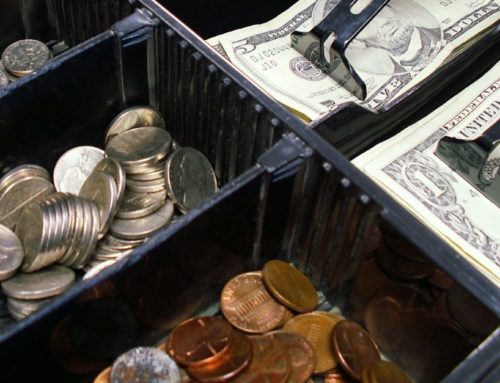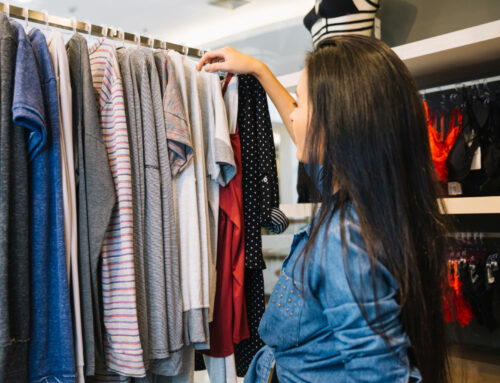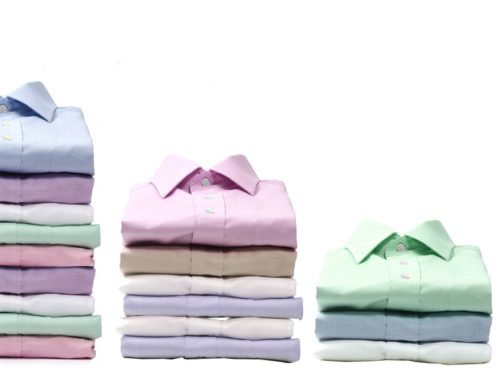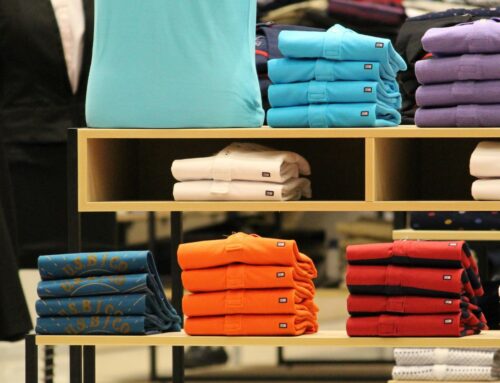As retailers look for new and innovative ways to engage customers, they are turning more and more toward technology. Even though much of this action has been out of desperation to attract customers, it’s a relatively new trend. This industry, which has traditionally been slow to innovate, has started trying new things at a pace we haven’t seen before. But all of these investments haven’t paid dividends – especially the novelties.
When retailers make a decision to use novelty technology as a way of attracting new customers, they’re trying to make a splash. Investors and boards of directors want to see brands commit to making changes. They want to see big moves that will right the ship, quickly. They want to save face when competitors appear to be making the right moves. And so, companies turn to the trendy to try to make their mark.
Investments in things like drones and chatbots definitely get attention. They look like the right thing to do. But oftentimes they’re misplaced. You wouldn’t paint your house if the frame was rotting – you would want to see to the structural issue first. Similarly, you shouldn’t rush into unfamiliar territory before you strengthen the foundation of your brand. You can’t achieve long-term success by using gimmicks to grab attention rather than addressing problems at the core of the business.
Tech that misses the mark
Take the example of rue21. In April 2017, the teen fashion retailer was the subject of two news stories in one week.
On April 18th, it was announced that rue21 had launched a virtual stylist on Facebook Messenger. The bot would use artificial intelligence to let users interact with the bot directly, and in group chats with friends. It was loaded with cool features that were sure to resonate with rue21’s target audience of teens.
But that announcement came within days of rue21 announcing it would close 400 of its approximately 1,100 U.S. stores – a little more than a third of its footprint. Rumors were rampant that the company would soon declare bankruptcy. And it did indeed file for Chapter 11 on May 15th, less than a month after it launched its AI chatbot.
Whether or not the chatbot was a good investment, it didn’t address the problems rue21 was facing. Like many retailers, rue21 was failing to attract customers to its stores. It had lost its customers’ attention.
See also: Creative Marketing For Permanent Markdowns Is A Band-Aid Solution
Unowned and unwanted
Bad timing aside, there are myriad problems with these novelty technologies. In the case of chatbots, they come with the massive risk of investing in an unowned, third-party platform that’s completely outside of your control.
Facebook is the king of online engagement in 2017, but how long will that go on for? The same fickle audience of teens that gave up on rue21 doesn’t have any loyalty to Facebook. In fact, many members of Generation Z have never signed up. It won’t happen overnight but Facebook will eventually fall out of favor, just like other social media sites such as Myspace have done.
And there’s the question of whether consumers even want these technologies in their life. The way people use tech in the real world rarely matches up with how we imagine it.
Think for a moment about the last time you used a self-checkout machine at the grocery store. How did the intended benefits of the machine compare with your experience?
Self-checkout was supposed to be a win-win for retailers and consumers. Retailers could employ fewer checkout associates and improve line times. Customers would be in charge of their own customer experience, and get to decide for themselves whether their bread would get squished.
But that’s not how people think of the self-checkout. If you’ve ever heard a robotic voice accuse you of placing an unexpected item in the bagging area, you know what we’re talking about. Self-checkout is slow and confusing. The computers lag behind customers. Touch screens are tricky if you’re not used to them. And if anything goes wrong you have to wait for someone to come and unlock the screen for you. Some customer experience that is.
Even the inventor of the machines says he hates what they’ve become.
Expectations and reality didn’t align when retailers started investing in self-checkout, and it’s not safe to assume that new technologies will be any different. An augmented reality tool to show product information in-store sounds like a great idea, but so did putting QR codes on everything.
You need to think through the real-world use. What will the user’s actual experience be? Will it be a help or a hindrance to their shopping experience?
Cool or creepy?
And then there are the ones that consumers just find creepy. A recent survey by RichRelevance found out that consumers are put off by some of these technologies. The example of an AI chatbot that can answer customer service questions is a sobering revelation. Twenty-three percent of survey respondents said AI chatbots are cool. Fifty percent called them creepy.
What about other items that might be on your IT shopping list. How will customers respond to an AI mirror? Will they think it’s neat, or will it make them feel uneasy?
Here’s another tech trend that falls into this trap. Many fashion retailers are trying to get better insights into customer preferences by how they behave in the fitting rooms. Customers will purchase the items they love, and put back the ones they don’t like – and tracking that information can be incredibly useful in measuring which products will be a future success. But how will customers feel about being tracked by technology while they literally have their pants off?
Combine the AI mirror and the fitting room, and you might as well use a broom to chase customers out of the store.
Using technology to enhance your brand
If you want to avoid these kinds of tech debacles, you need to give careful thought to what your customers want from your brand and use technology to enhance that offering. For most fashion retailers, customers want quality garments that fit with their personal style at a good value. That’s the strength you should be playing to.
That’s the problem with those kinds of investments. No novel technology can sell a product nobody wants. A chatbot can’t convince someone to buy an item that’s of poor quality. An AI mirror can’t sell something that’s overpriced. You can’t use augmented reality to sell a style that isn’t on trend. Trendy tech might pique consumers’ curiosity, or even attract them to a store. But the essence of your brand, and the primary driver of sales, is a compelling assortment that resonates with customers.
The assortment is the core of your business. It’s the foundation of your house. The stronger the assortment, the stronger the entire business will be. That’s why it’s crucial to make sure your assortment is absolutely perfect before you invest in sales tools like chatbots.
If your assortment is great, then a chatbot could be a great idea. Customers want to engage with your brand the way they want to. You need to meet them where they are, be it online, on their phone, in stores or in the parking lot. You just need to make sure there’s something meaningful to engage with, first.
Technology for long-term success
Before you invest in the chatbot, the augmented reality mobile app, the customer service robot, the talking mirror, the RFID fitting room, tablets for front-line employees, or whatever other stunt you’re considering, you must invest in your assortment – and the technology you use to create it.
Assortment planning technology doesn’t pack the same splash as these other, more visible tools. It’s not as likely to make headlines or wow shareholders. But it is much more likely to have a meaningful impact on the bottom line of your business.
Our experience shows an industry-leading assortment planning solution can increase profits by 2%-5%, and improve productivity in the merchandise department by 25%. And this is simply done by automating manual tasks, eliminating the errors that come along with spreadsheets, and enabling buyers to better match assortments to customer demand.
See also: Why Do I Need Assortment Planning?
The results of better assortment planning are compounding. Items are more likely to sell through, so gross margins improve and markdowns are reduced. Customers are more likely to find what they’re looking for, and are therefore more likely to return – regardless of the gadgets that accompany their experience.
If you’re considering an investment in some kind of novel technology, you risk wasting your money. This kind of technology becomes obsolete at a rapid pace. And much of it ends up being a total flop – an investment with no return if you’re lucky, and a negative return if it scares away customers for good.
You’re much better off revisiting the foundation of your brand – your assortment. When you invest in better assortment planning, you’re investing in a better customer experience. You’re investing in long-term success rather than short-term plays that might be nothing more than smoke and (AI) mirrors.
When it’s time to make your next tech purchase, think about what value you really offer your customers – and invest in the technology that’s going to strengthen your brand for the long term.





















